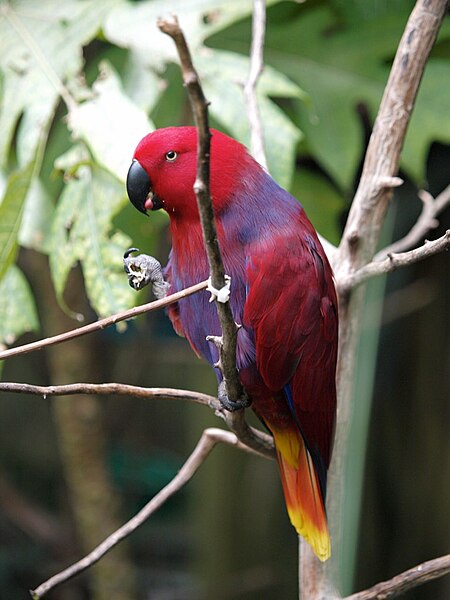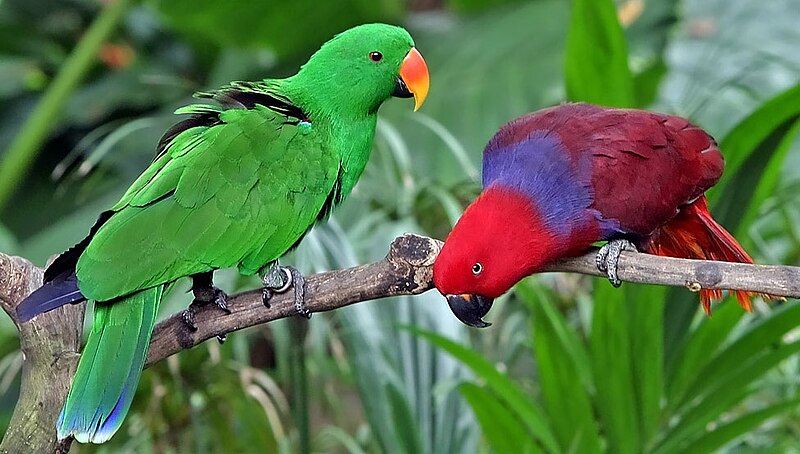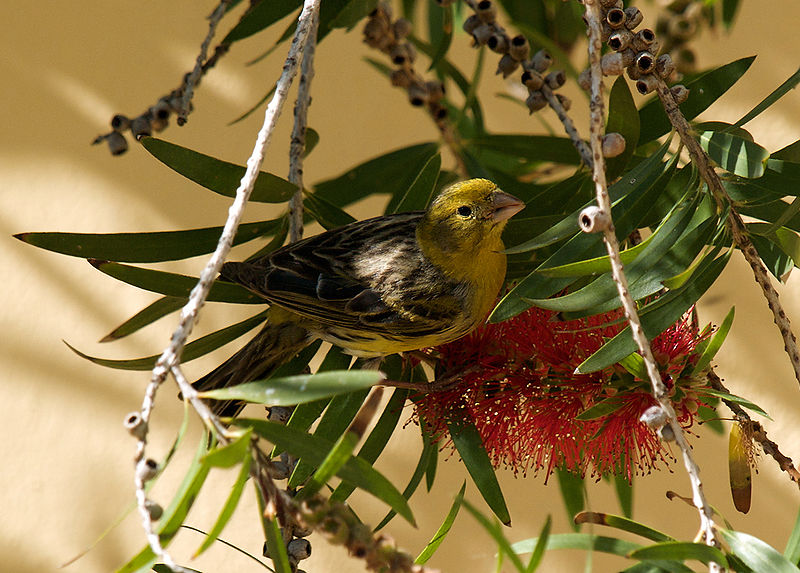The hazards of second-hand cigarette, cigar and pipe smoke to non-smokers have been well-accepted for years. As many have expected, these health concerns extend to the lungs and hearts of pets exposed to smoke as well. New evidence, however, indicates that nicotine may be harmful not only to bird respiratory systems, but also to their skin.
Respiratory Disease
Birds are especially sensitive to airborne toxins…so much so that canaries and other species long played a vital role in warning workers of the presence of poisonous gases in underground mines (the birds weakened and died long before the fumes affected the miners). It is, therefore, not surprising that veterinarians have documented a high frequency of respiratory disorders and eye irritations among birds kept by owners who smoke indoors.
However, it has also become apparent that problems of a different nature are also affecting birds owned by smokers, even when the birds are never exposed to second-hand smoke.
Nicotine on the Skin and Feathers
Nicotine is readily absorbed through the skin of some animals and clings to hair, fur and feathers. In the course of working with amphibians in zoos, I’ve been made aware of many frog and salamander deaths that occurred, often instantaneously, after the animals were handled by someone who had smoked and not washed well afterwards. It now seems clear that nicotine lingering on fingers also causes dermatitis and other skin afflictions in pet birds, and may lead to their deaths.
Birds with nicotine-stained skin often pick at their feathers, nibble on their feet and otherwise exhibit signs of discomfort. Dermatitis often follows, with small sores or areas of eroded skin developing. Birds so afflicted will pick at these areas and the scabs that form, opening an avenue of attack for opportunistic bacteria and fungi. These micro-organisms (which are always present in the environment) can cause severe and potentially fatal infections.
Further Reading
To read more about the dangers posed to birds by nicotine and other common toxins, please see this article.
Photo by jdurham from Morguefile
 That Bird Blog – Bird Care and History for Pet Birds
That Bird Blog – Bird Care and History for Pet Birds

 Europeans to encounter them in Indonesia. Indeed, few bird species, and no other parrots, exhibit such extreme sexual dimorphism.
Europeans to encounter them in Indonesia. Indeed, few bird species, and no other parrots, exhibit such extreme sexual dimorphism. Various theories have been proposed to explain the Eclectus’ surprising sexual dimorphism. One relates the phenomenon to the differing life styles of the sexes. During the breeding season, females spend the majority of their days in and near the nesting hole. In their leaf-covered, dimly lit nesting areas, located high in the forest canopy, the deep reds and blues of their feathers blend in well with the shadows falling upon the bark, limbs and leaves.
Various theories have been proposed to explain the Eclectus’ surprising sexual dimorphism. One relates the phenomenon to the differing life styles of the sexes. During the breeding season, females spend the majority of their days in and near the nesting hole. In their leaf-covered, dimly lit nesting areas, located high in the forest canopy, the deep reds and blues of their feathers blend in well with the shadows falling upon the bark, limbs and leaves. Many consider the eclectus to be the most beautiful of all parrots. In fact, early in their avicultural history folks rarely tried to teach eclectus to speak…surely such a gorgeous bird could not also be a talented mimic.
Many consider the eclectus to be the most beautiful of all parrots. In fact, early in their avicultural history folks rarely tried to teach eclectus to speak…surely such a gorgeous bird could not also be a talented mimic.

 Researchers at the Max Planck Institute of Ornithology exposed young male canaries to adult males that sang imperfect songs. The young males mimicked these songs to some extent, but by adulthood were singing near-perfect songs. This indicates that canaries likely have an internal “song template” that helps to correct deviations in the songs of their role models. The template seems to be activated when the youngsters hear an adult song, even if that song is imperfect.
Researchers at the Max Planck Institute of Ornithology exposed young male canaries to adult males that sang imperfect songs. The young males mimicked these songs to some extent, but by adulthood were singing near-perfect songs. This indicates that canaries likely have an internal “song template” that helps to correct deviations in the songs of their role models. The template seems to be activated when the youngsters hear an adult song, even if that song is imperfect.